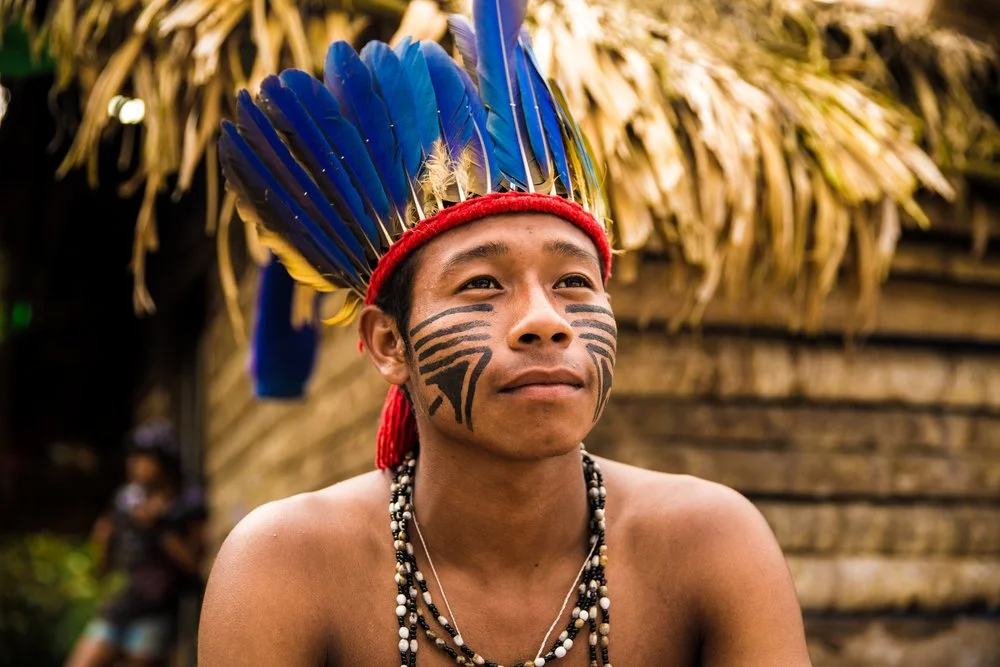Preserving Indigenous Languages: Strategies and Importance

As the world becomes increasingly interconnected, the need to preserve indigenous languages is becoming more critical. The languages often hold cultural and historical significance and are continually dying out under the influence of global languages dominating the media and the education system.
Nevertheless, it is essential to recognize the importance of preserving the endangered languages and take effective measures to save them. A variety of approaches must be taken to preserve indigenous languages. Community involvement, government support, and technology innovation are among the most common. On the community level, spaces for the revitalization of the languages are to be created, such as immersion and language-speaking cultural events.
The government needs to promote and adopt policies that encourage and support the use of local langues in education and media. Technology also offers an increasingly prominent instrument for language preservation featuring language apps and online resources. It is impossible to underestimate the importance of preserving indigenous languages. The dying languages harbor immense cultural significance, representing unique perspectives, traditions, values, and ways of life.
By saving the languages, we protect the cultural sovereignty of the communities and promote diversity and empathy.

The importance of preserving indigenous languages
Indeed, indigenous languages are more than just a medium of communication; they represent millennia-old reservoirs of culture and knowledge. These languages reflect the distinct identities and vision of the world of their speakers; they represent a unique looking glass into the past, present, and future of the respective indigenous community.
Consequently, it is vital to preserve these languages so that indigenous communities can maintain their distinct cultural identity. Moreover, indigenous languages promote cultural diversity and mutual understanding and respect between different ethnic groups. These languages offer distinct viewpoints and schemes of representing reality that, when lost, deprive the human race of rich cultural practices and beliefs.
Challenges faced in preserving indigenous languages
However, preserving indigenous languages comes with multiple challenges. First, global languages have established dominance in various spheres of life, including education, media, and commerce. This means that such languages have developed terminology and concepts that have little to no equivalents in indigenous languages. As global languages have become more relevant, indigenous ones have become less relevant to young people and have stopped being used regularly.
This leads to a decrease in the transmission of indigenous languages from generation to generation within communities. In addition, due to the lack of resources and the absence of their own infrastructure, Native Americans cannot afford to save their languages independently. Most of the Indian population is impoverished and cannot afford to spend money on language courses, workshops, or educational materials. Finally, due to the high speed of globalization processes, indigenous communities are shrinking in terms of being urbanized and settling around reserve lands.

Strategies for preserving indigenous languages
Documenting and recording indigenous languages
One crucial strategy for preserving indigenous languages is through documentation and recording. Linguists and community members collaborate to create comprehensive dictionaries, grammar guides, and audio recordings that capture the unique phonetics and grammatical structures of these languages. This ensures that future generations have access to accurate resources for language learning and revitalization.
Promoting indigenous languages in education
Integrating indigenous languages into formal education systems is essential for their preservation. By incorporating indigenous languages into school curricula, children can learn their mother tongues alongside global languages. This promotes bilingualism and allows for the intergenerational transmission of indigenous languages. It also helps foster a sense of pride and identity among indigenous students.
Furthermore, educational institutions can collaborate with indigenous communities to develop culturally relevant teaching materials and pedagogical approaches. This ensures that the learning experience is engaging and meaningful, encouraging students to embrace their language and culture.
Revitalizing indigenous languages in communities
Community engagement is a vital aspect of language preservation. Language immersion programs, where community members actively use and learn their indigenous languages, are highly effective in revitalizing languages. These programs create safe spaces where individuals can practice speaking, reading, and writing in their mother tongues. Cultural events, such as storytelling sessions and traditional ceremonies, also provide opportunities for language use and transmission.
It is essential to involve elders and native speakers in language revitalization efforts. They possess invaluable knowledge and can serve as mentors and role models for younger generations. By creating intergenerational connections and fostering a sense of pride in indigenous languages, communities can ensure the continuation of their linguistic heritage.
Technology and its role in preserving indigenous languages
Technology has the potential to play a significant role in preserving indigenous languages. Language-learning apps, online resources, and interactive platforms provide accessible and engaging tools for language acquisition. These digital resources can reach a wide audience and offer self-paced learning opportunities.
Additionally, social media platforms and online communities enable speakers of indigenous languages to connect and communicate with each other, regardless of geographical distance. This fosters a sense of belonging and encourages the use of indigenous languages in virtual spaces on ziatogel.
Government initiatives and policies for indigenous language preservation
Government support is crucial for the preservation of indigenous languages. Governments can implement policies that protect and promote the use of indigenous languages in various domains, such as education, media, and public services. This includes ensuring the inclusion of indigenous languages in school curricula, providing funding for language programs, and creating opportunities for language use in government services.
Furthermore, governments can collaborate with indigenous communities to develop language preservation initiatives and provide resources for community-led revitalization efforts. By recognizing the importance of indigenous languages and actively supporting their preservation, governments can contribute to the overall well-being and cultural resilience of indigenous communities.
The future of indigenous languages
Preserving indigenous languages is a collective responsibility that requires the involvement of communities, governments, and society at large. These languages hold immense cultural value and provide unique perspectives on the world. By recognizing their importance, implementing effective preservation strategies, and providing the necessary resources, we can ensure the survival and revitalization of indigenous languages.
The preservation of indigenous languages is not just about language itself; it is about preserving cultural heritage, promoting diversity, and fostering understanding among different cultures. It is about acknowledging the intrinsic value of linguistic diversity and the wealth of knowledge embedded in indigenous languages.
As we strive for a more inclusive and interconnected world, let us embrace the richness of indigenous languages and work together to ensure their preservation for generations to come.
Leave a Comment